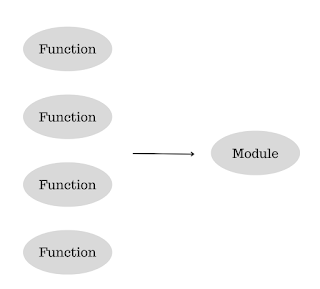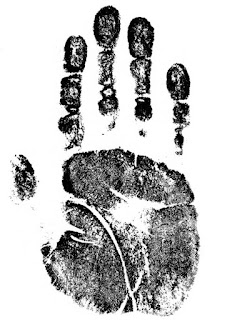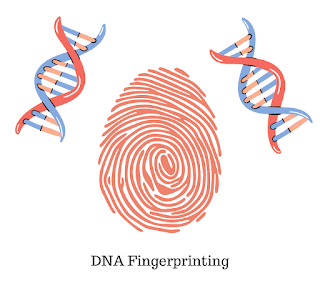ISO: Introduction, History and ISO 9000

What is ISO? ISO, short for the International Organization for Standardization, is an independent and non-governmental international organization that consists of 167 national standards bodies. Its purpose is to develop and publish standards that promote global consistency and quality in various industries and sectors. Its primary role is to develop and publish a wide range of proprietary, industrial, and commercial standards. Currently, ISO has over 24,000 active technical standards that encompass diverse areas, including manufactured products, technology, food safety, agriculture, and healthcare. History of ISO The International Organization for Standardization (ISO) was founded in 1947 and is currently based in Geneva, Switzerland. Its roots can be traced back to 1920 when it originated as the International Federation of the National Standardizing Associations (ISA). However, its operations were suspended during World War 2. After the war, United Nations Standards Coo...















